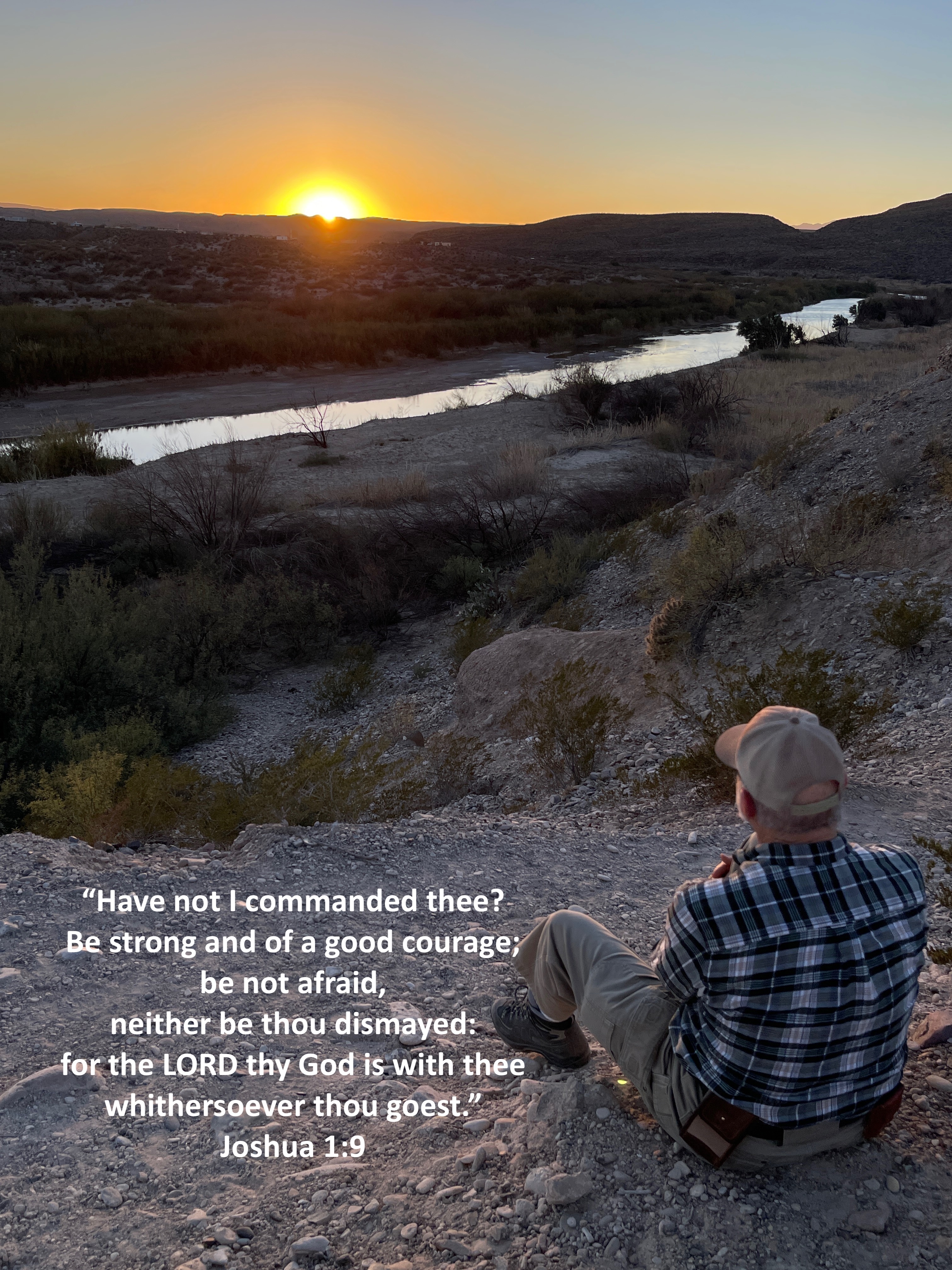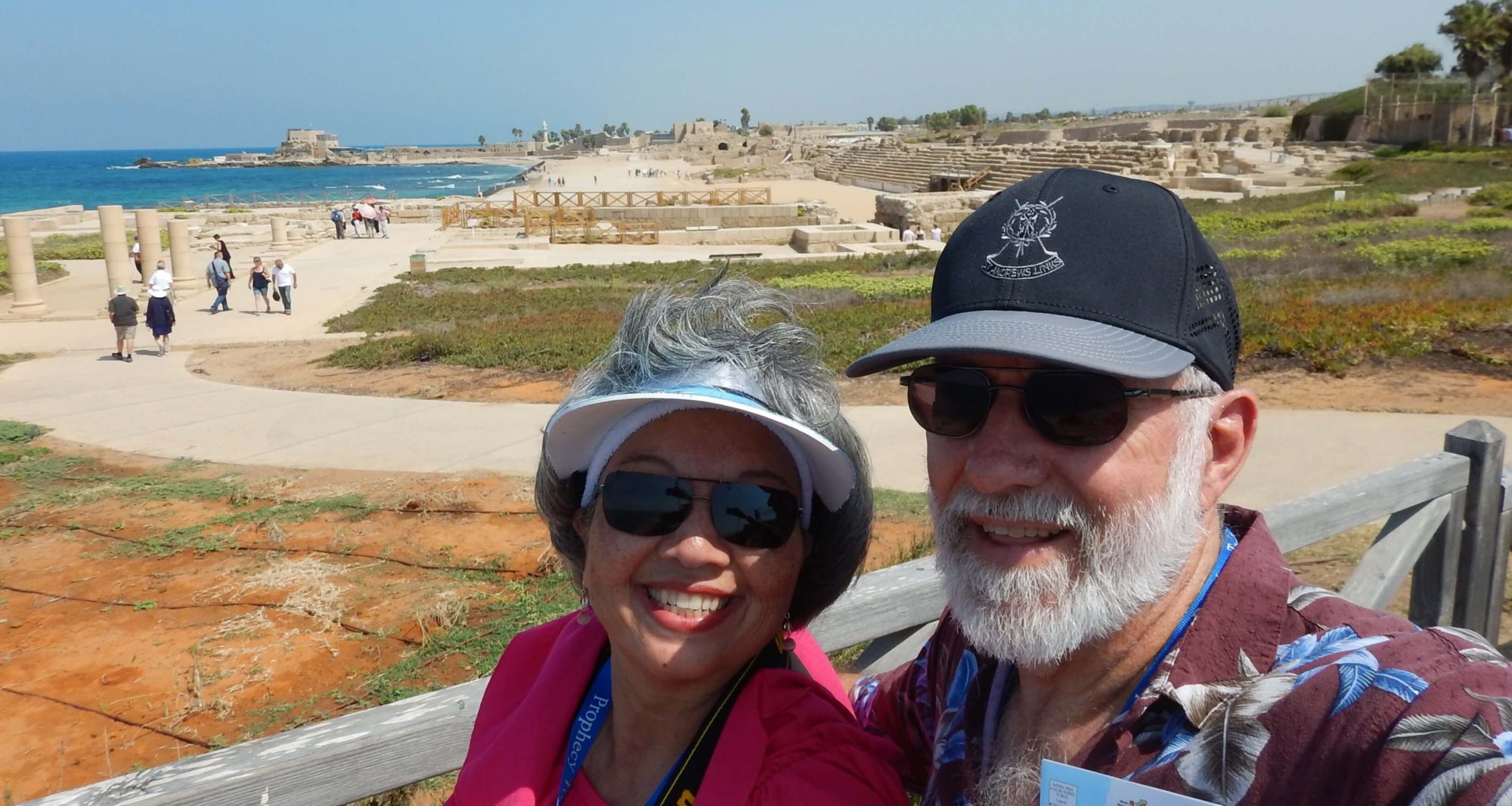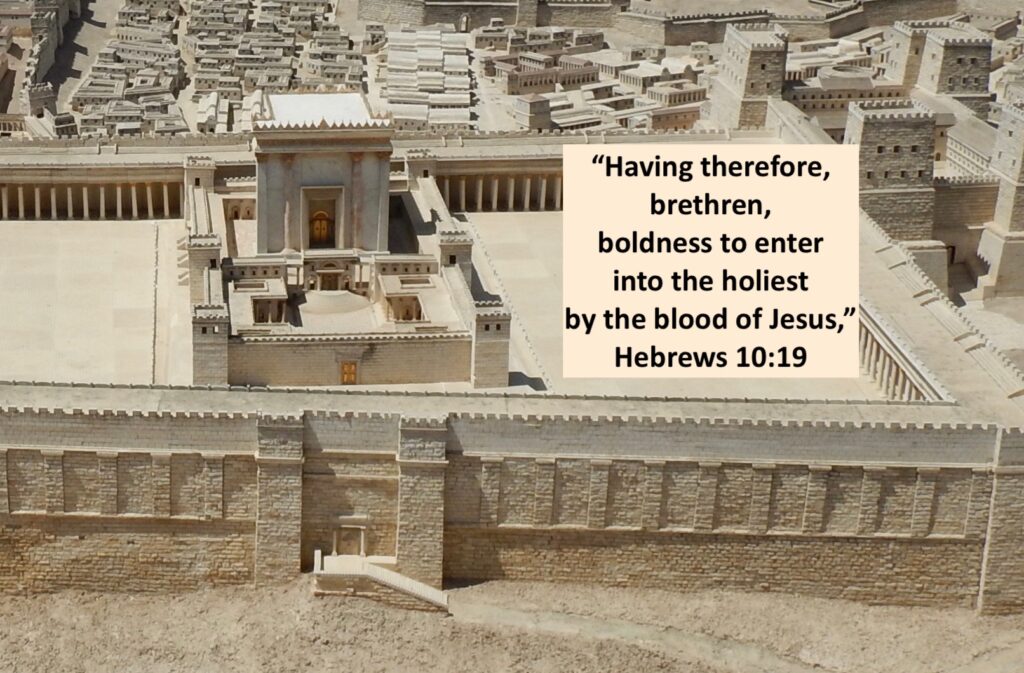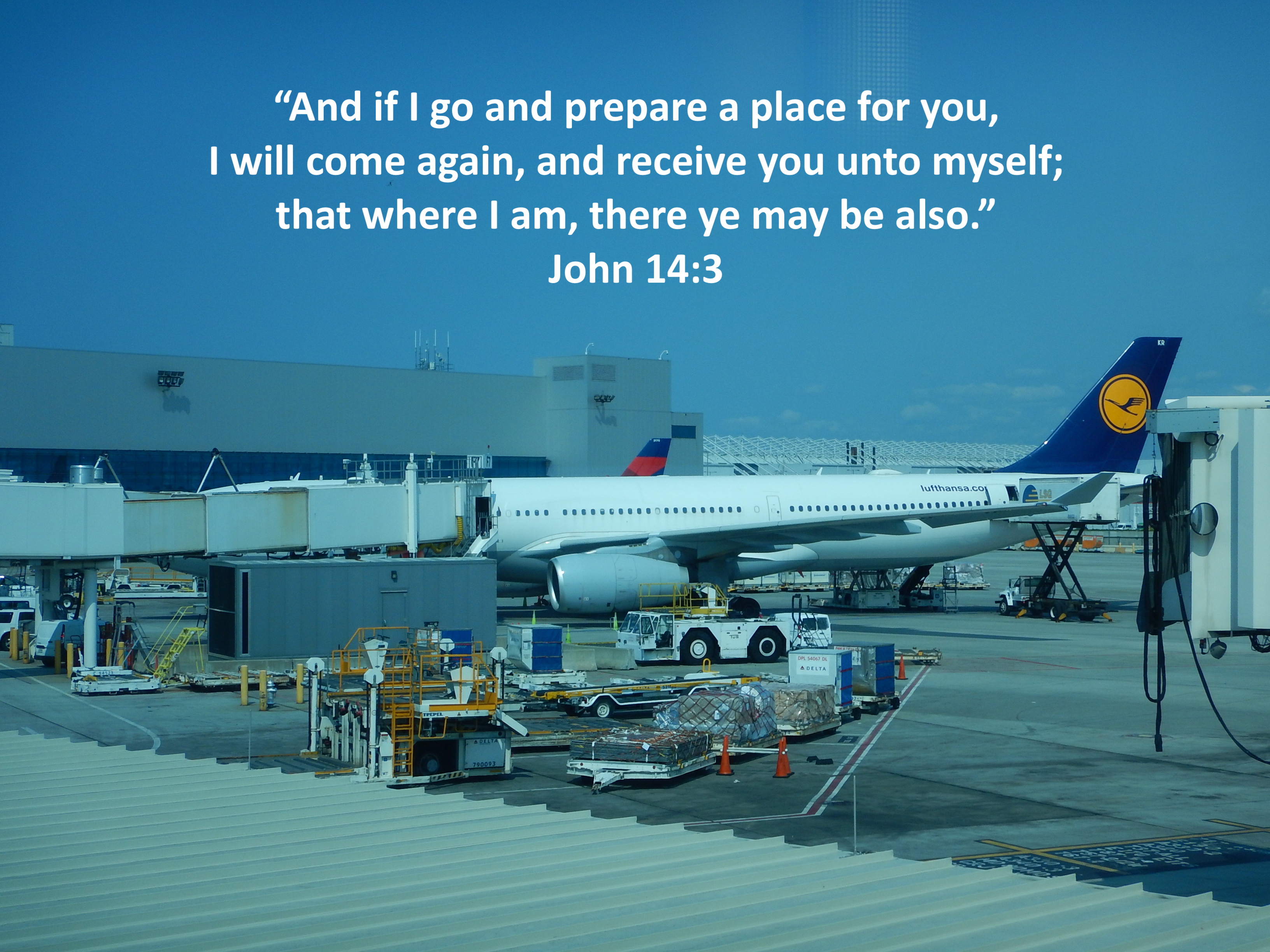
I grew up as an only child, and as a result, I do not like to be alone. Loneliness is not a pleasant feeling, and I used to do anything to avoid that feeling. After I got married and had children, being alone was never an issue, but now in my “golden years”, times of loneliness often revisit me. The difference between then and now, is that when I feel lonely these days, I remember I have a faithful friend who is always with me. That friend is Jesus, and He reminds me in His Word of why I never have to fear being lonely again.
- God’s Presence – He is always with me! – “And even to your old age I am he; and even to hoar hairs will I carry you: I have made, and I will bear; even I will carry, and will deliver you.” – Isaiah 46:4
- When it comes to God’s presence in our lives, age is irrelevant. God is omnipresent, all the time!
- Paul writes in Romans 8:38-39, “For I am persuaded, that neither death, nor life, nor angels, nor principalities, nor powers, nor things present, nor things to come, Nor height, nor depth, nor any other creature, shall be able to separate us from the love of God, which is in Christ Jesus our Lord.” Paul assures us that nothing – not even our age – can separate us from the love of God.
- Throughout Biblical history, God cared for his people and sustained them, regardless of circumstances. The number of people living in your home doesn’t negate God’s promise of everpresence. The doors of an assisted living community certainly don’t change anything about this promise either, and you can rest assured that God will continue to be with you regardless of where you are or where you go.
- God’s Purpose – He has work for me to do! – “Being confident of this very thing, that he which hath begun good work in you will perform it until the day of Jesus Christ:” – Philippians 1:6
- Regardless of our age, if we are saved, God has a purpose for us to be on this earth. Just because we are elderly doesn’t mean we are useless.
- Finding yourself in your senior years doesn’t mean you can no longer serve God. The Bible tells us that He is continuing His good work in you and will continue to do this until He calls you home to heaven. Sometimes we don’t know exactly what God wants us to do, but there are always some things that everyone should do for Jesus.
- Share with others what Jesus has done for you.
- Invite others to join you in faith-based events such as ladies’ meetings or holiday gatherings at church.
- Pray for others.
- God’s Peace – He comforts me in times of uncertainty. – “Peace I leave with you, my peace I give unto you: not as the world giveth, give I unto you. Let not your heart be troubled, neither let it be afraid.”- John 14:27
- Change is difficult, but not impossible. We may not even like the changes that we are experiencing. It is not easy to go from an independent life in your own home to living in a place where there are schedules to follow, others dictate what you can do, and your personal space is limited to a single room. This can be frightening, depressing, and very lonely. This is the time to tap into the peace that only Jesus can offer.
- As we get older, our world seems to get smaller.
- Children grow up and leave the home.
- We retire and leave our workplace.
- Friends and family may move away.
- Spouse/family members/friends pass away.
- Our personal situation changes.
- Our independence shifts.
- Our health begins to decline… joint issues, oxygen needs, even forgetfulness and more! We may find we need help in our daily activities.
- Finances are tight; we can no longer afford to do things we once did or buy things we once never gave a second thought to purchasing.
- As we get older, our world seems to get smaller.
- Change is difficult, but not impossible. We may not even like the changes that we are experiencing. It is not easy to go from an independent life in your own home to living in a place where there are schedules to follow, others dictate what you can do, and your personal space is limited to a single room. This can be frightening, depressing, and very lonely. This is the time to tap into the peace that only Jesus can offer.
These are all unsettling, but it is possible to have peace when that peace comes from God. The peace Jesus promises us is a benefit we receive once we’ve trusted Christ as our Saviour. Relying on God’s peace during times of change, insecurity, fear, or loneliness can help people of any age overcome serious challenges in life and find contentment in any situation. “And the peace of God, which passeth all understanding, shall keep your hearts and minds through Christ Jesus.” – Philippians 4:7
How can we have this peace in the midst of loneliness and uncertainty in our lives?
1. Pray for God to show you what He wants you to do here. – “For I know the thoughts that I think toward you, saith the LORD, thoughts of peace, and not of evil, to give you an expected end . Then shall ye call upon me, and ye shall go and pray unto me, and I will hearken unto you. And ye shall seek me, and find me, when ye shall search for me with all your heart.” Jeremiah 29:11-13.
1. God hears every prayer you pray. He promises to answer. The Bible reminds us in Matthew 7:7-8, “Ask, and it shall be given you; seek, and ye shall find; knock, and it shall be opened unto you: For every one that asketh receiveth; and he that seeketh findeth; and to him that knocketh it shall be opened.”
2. Be a friend. – “A man that hath friends must shew himself friendly: and there is a friend that sticketh closer than a brother.” – Proverbs 18:24
1. Get out of the rut in which you may find yourself. Make it a point to step outside your comfort zone and meet others. Take a class at a community center; attend an activity at your church outside of the worship services; join a gym… there are so many things you can do! Be bold!
2. Invite someone to come to an activity with you… maybe go to the library together or walk around the mall and do a little people watching! Ask a friend to join you in a time of worship at your church or in the facility in which you live if they have devotions or times of Bible study.
3. Reach out to someone who may feel alone and scared. Perhaps a new widow or widower in your neighborhood, church, or circle of influence is yearning for the companionship of a new friend! That could be you!
4. God’s Promise – He is faithful to His Word
- When we are going through a major change in life, it can be tempting to fall into despair or worry. Perhaps this isn’t how you saw your golden years playing out. It’s okay to have a time of grief for things you’ve lost, but it’s important to remember that grief is only for a time, and joy is coming. In Psalm 30:5, God promises, “…weeping may endure for a night, but joy cometh in the morning.” The truth is that God takes any situation in our lives… good or bad… and is able to use that for His good. It is in these hard times that our faith grows as we learn to trust God.
- We don’t have to wait for the eternal joys that Jesus promises, either; we can look for things to be grateful for daily and experience joy in those discoveries.
- Lastly, the Bible reminds us in Nehemiah 8:10, “…the joy of the LORD is your strength.” My challenge to you is to determine to be STRONG IN THE LORD (Ephesians 6:10) for that is where you will find your joy, your peace, and your contentment.
Are you weary, are you heavyhearted? Tell it to Jesus, tell it to Jesus;
Are you grieving over joys departed? Tell it to Jesus alone.
Tell it to Jesus, tell it to Jesus, He is a friend that’s well known;
You’ve no other such a friend or brother, tell it to Jesus alone.
(from “Tell It To Jesus” by Jeremiah Eames Rankin)
“For all the promises of God in him are yea, and in him Amen, unto the glory of God by us.”- 2 Corinthians 1:20
**********
What joys in the Lord strengthen you in times of loneliness?









